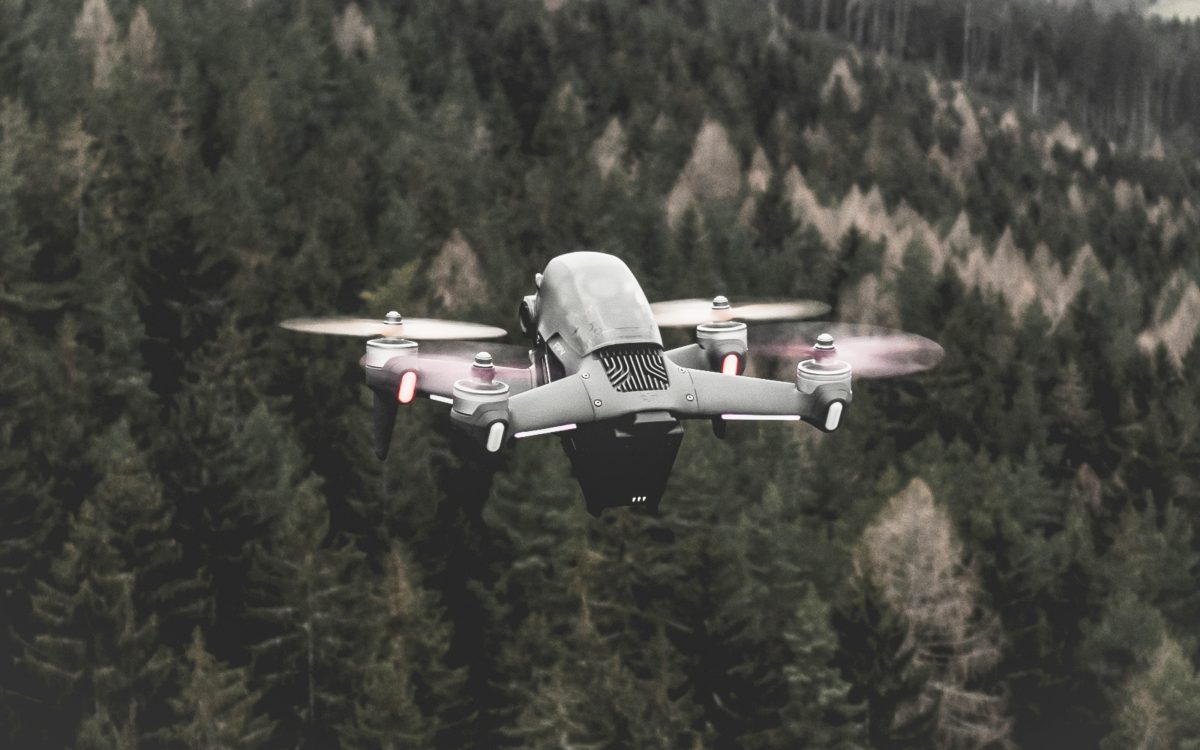
Drones for Environmental Monitoring: Innovations and Applications
Introduction: Drones are playing a significant role in environmental monitoring by offering innovative solutions for data collection and analysis. These technologies support conservation efforts and environmental management.
Technological Innovations:
- LiDAR Technology: Drones equipped with LiDAR capture detailed 3D data of landscapes and vegetation, providing valuable insights for mapping and conservation.
- Thermal Imaging: Thermal cameras on drones detect heat signatures, assisting in wildlife monitoring, habitat assessment, and environmental changes.
- Pollution Monitoring: Drones with sensors measure air and water quality, helping to track pollution levels and support environmental protection efforts.
Applications in Environmental Monitoring:
- Wildlife Tracking: Drones monitor animal movements and behaviors, supporting conservation research and management.
- Habitat Assessment: High-resolution aerial imagery and LiDAR data aid in the assessment and management of natural habitats and ecosystems.
- Disaster Response: Drones provide real-time data during natural disasters, assisting in response and recovery efforts.
Impact: Innovations in drone technology enhance environmental monitoring by providing accurate data, supporting conservation initiatives, and improving disaster management. Drones contribute to a more comprehensive understanding of environmental changes and support proactive measures.







